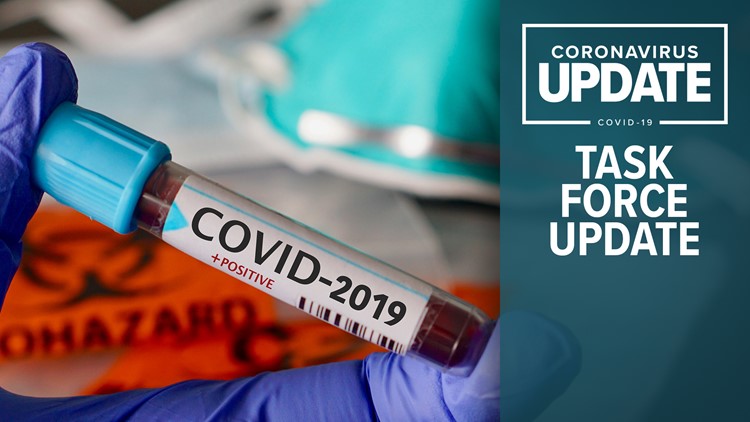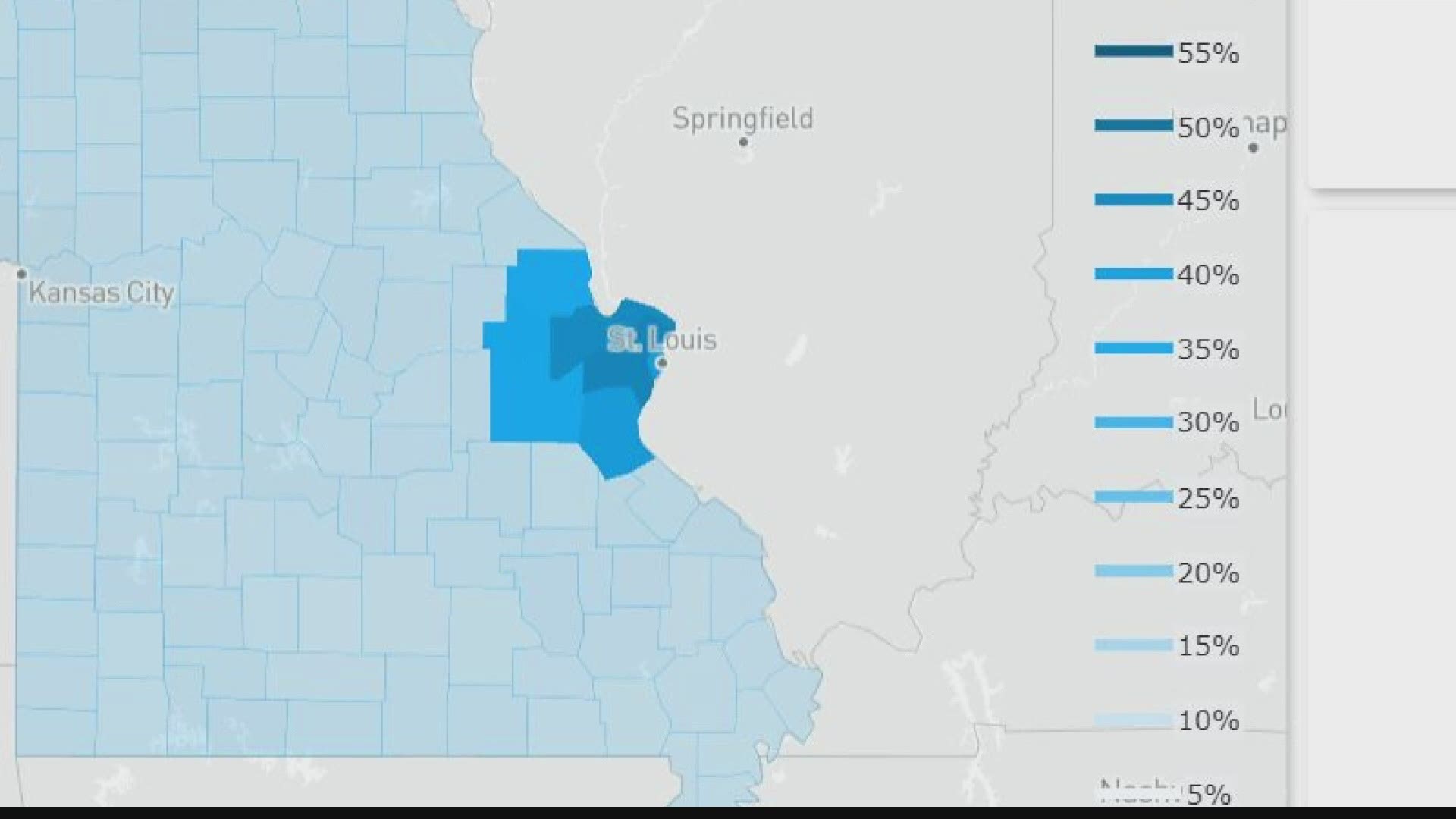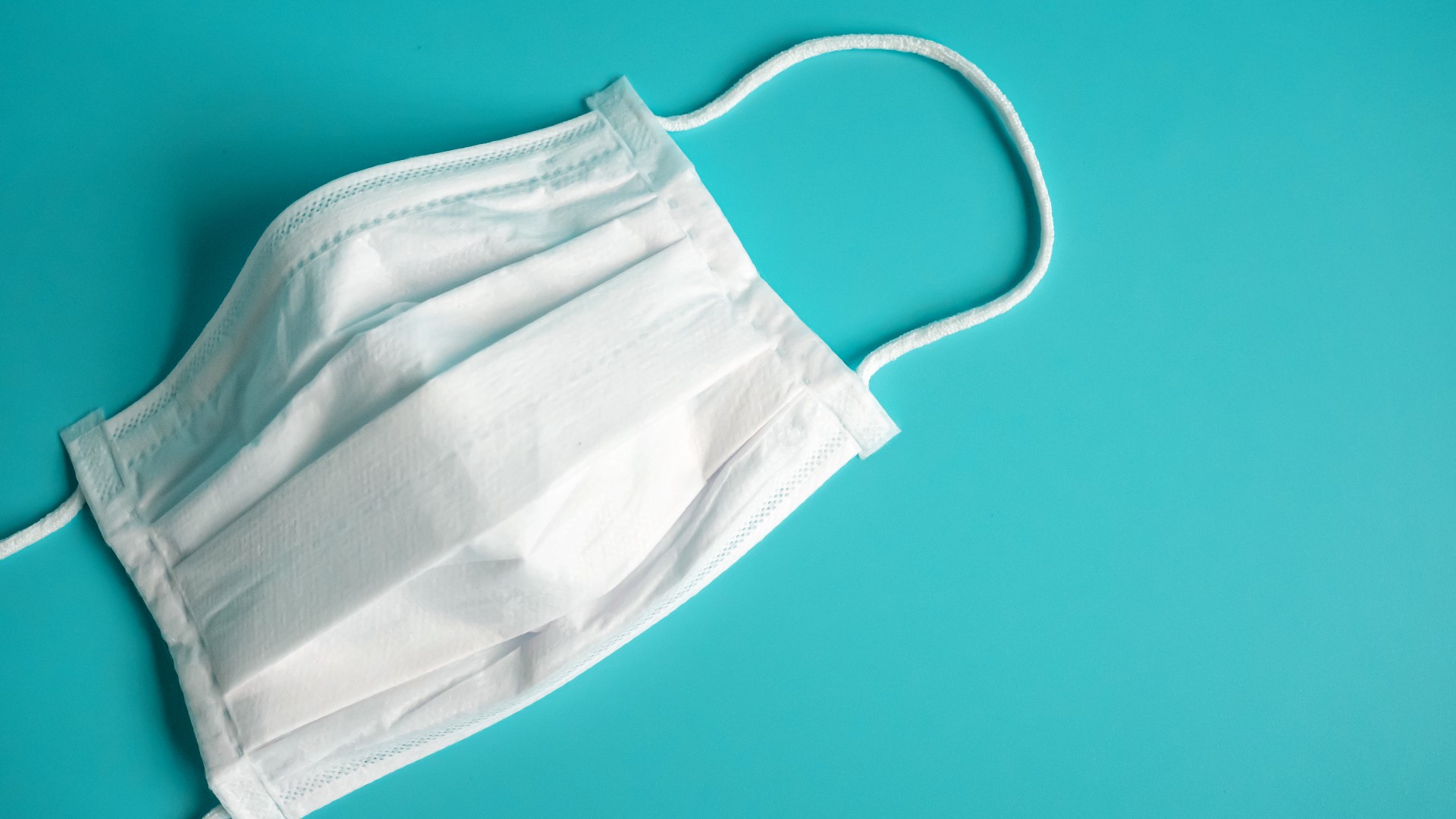ST. LOUIS — One day after announcing decreases in five main data points, on Saturday,
the St. Louis Metropolitan Pandemic Task Force announced increases in several areas they are tracking.
The most noticeable increase was in the total number of COVID-19 patients who are currently receiving care at the task force hospitals. After decreasing Friday from 596 patients on Thursday to 506, the number of new patience jumped up to 540, an increase of 36 coronavirus patients.
“Friday's numbers were probably our second-lowest number since we started collecting all of our data,” commented Dr. Alex Garza, incident commander of the task force.
That number had been in the 600s and even reached the 700s three weeks ago.
The seven-day rolling average of COVID-19 patients in the hospital saw a second straight day of decreasing numbers. On Friday the number dipped from 646 to a daily average of 625 patients. On Saturday that number dropped again to 608.
Another key decrease was in the number of new coronavirus patients admitted to task force hospitals. The seven-day rolling average went down by four to an average of 34 new patients a day. Dr. Garza said that number was as high as 60 new patients a day back in early April.
Here is the full breakdown of number trends the task force is monitoring:
- New hospital admissions (data lagged two days) decreased – from 33 yesterday to 31 today.
- The seven-day moving average of hospital admissions (data lagged two days) decreased – from 38 yesterday to 34 today.
- The seven-day moving average of hospitalizations decreased – from 625 yesterday to 608 today.
- Inpatient hospitalizations increased -- from 506 yesterday to 540 today.
- The number of patients in the ICUs has increased – from 133 yesterday to 138 today.
- The number of patients on ventilators has increased – from 104 yesterday to 108 today.
- Across the system hospitals, 39 COVID-19 patients were discharged yesterday, bringing the cumulative number of COVID-19 patients discharged to 1,648.
“We’ve significantly suppressed the spread of the virus which is critical to reopening the economy and we want to make sure we don’t go backwards,” Dr. Garza said.
Even though most of the numbers are moving in the right direction, Dr. Garza stressed it is more important than ever to continue social distancing measures and good hygiene as local economies are planning to reopen.
“Whether that’s shelter in place, washing our hands, keeping surfaces clean. With the whole goal of keeping that transmission rate as low as possible because we know once we start relaxing things, it always is going to increase the rate of transmission, but if we can keep that low enough we should be able to open up different parts of the economy,” Dr. Garza explained.
He said leaders in the St. Louis city and county communities are all working together to develop the best plans for reopening the economies. He said the decisions are data-driven and with the safety of the public in mind.
“But remember, after all of the reopenings it doesn’t mean we go back to life as normal, or pre-COVID. It’s going to be a new normal,” he said.




